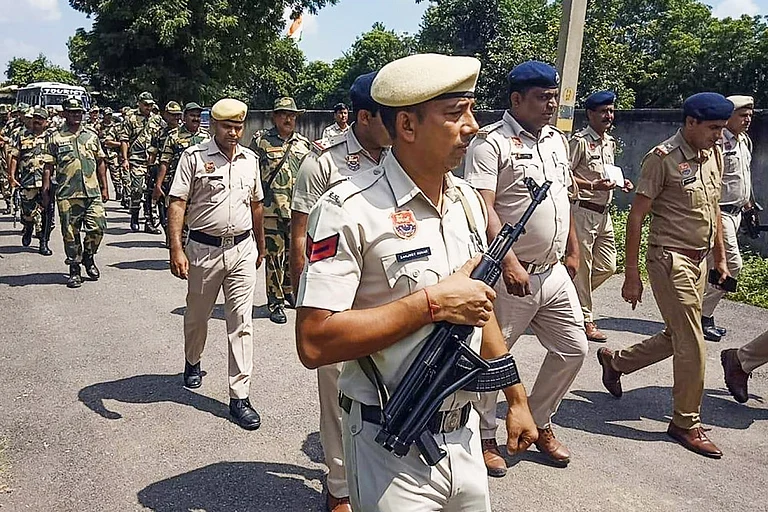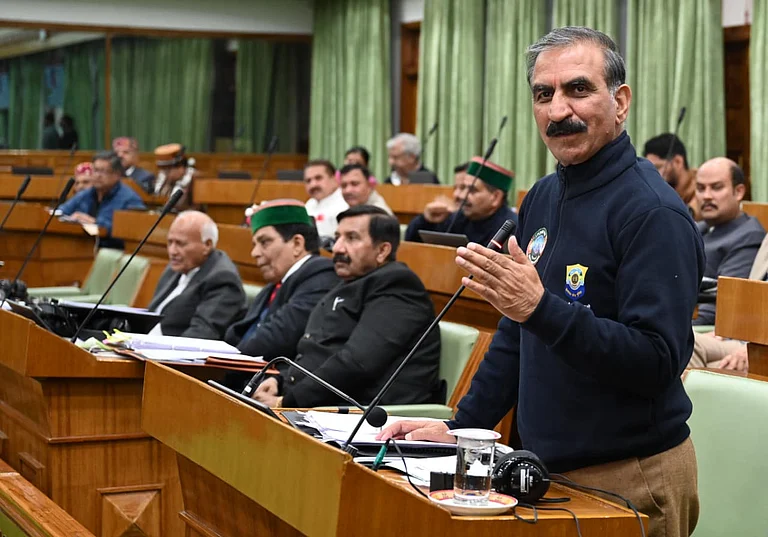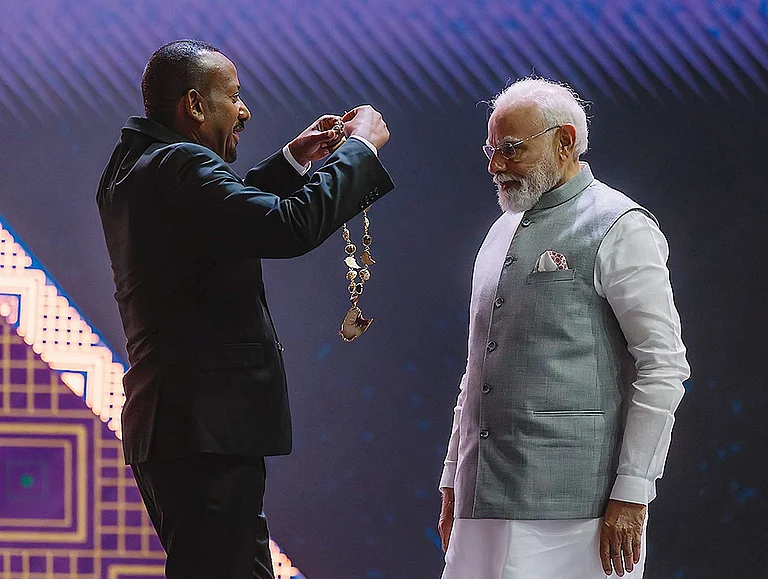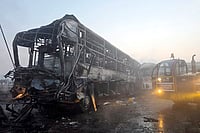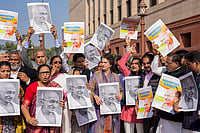IN March, two Soviet-built Ilyushin-76 aircraft touched down at a forward base in Rajasthan with some precious cargo that was placed amid equipment for Vayu Shakti, a show of the Indian Air Force’s fire power at Pokhran range. The cargo made its way into the Thar desert with the ground staff oblivious to the fact that it was weapons grade plutonium, the fuel which would propel India into the rarefied ranks of nuclear powers.
The Air Force’s top brass, under instructions from the new government to ferry the nuclear fuel and gadgets required for the nuclear tests, employed two more of these capacious transport aircraft under the ruse of flying paraphernalia for the air defence exercise. The two aircraft which carried the fuel and other trappings essential for the tests flew north, from an air force base in the south. Pilots who were at the controls were under instructions not to divulge any information about the lethal cargo even to the ground staff at the air force base.
Defence sources said defence minister George Fernandes was given a detailed briefing by the DRDO about preparations under way for the nuclear tests when he visited a forward air base in Rajasthan in mid-April. India’s plans for nuclear tests by subterfuge with surgical precision moved on without being detected. Prime minister Vajpayee’s brief, according to defence sources, was to encapsule the bomb plan in secrecy, for even a faint hint would lead to pressures from the nuclear club.
Scientists in DRDO said this team’s task was made simple because it had the experience of planning tests scheduled in 1995, but which had to be called off because of the hullabaloo in the US media. The team, therefore, had only to move the equipment and fuel for tests into trenches that were in place. Besides, the army has been known to keep digging trenches just to keep things confused. This time, after the final go-ahead in the second week of April by the prime minister, scientists, engineers and defence personnel started moving to Pokhran, but with the utmost care so that satellites could not pick up any movement.
Besides, in tandem with ISRO, scientists who were working at a feverish pace for a successful test drew up the path of every civilian and military satellite of the US to identify "blind spots", days when these satellites would not pass over Pokhran."We were lucky that only satellites like Insat are focussed on India all through the year. For some time every year, none of the US satellites orbit over Pokhran. America launched satellites exclusively to monitor deployment of missiles by Iraq well before it deployed forces for the Gulf war. They can’t keep a watch on us all the time because the orbit of satellites change with the orbit of the earth," says a top ISRO scientist.
The final signal for testing at Pokhran came from Dr Kalam, who, say sources, went very close to the site soon after the tests. And an elated Vajpayee, who was apparently supposed to mention only one blast, announced three.








